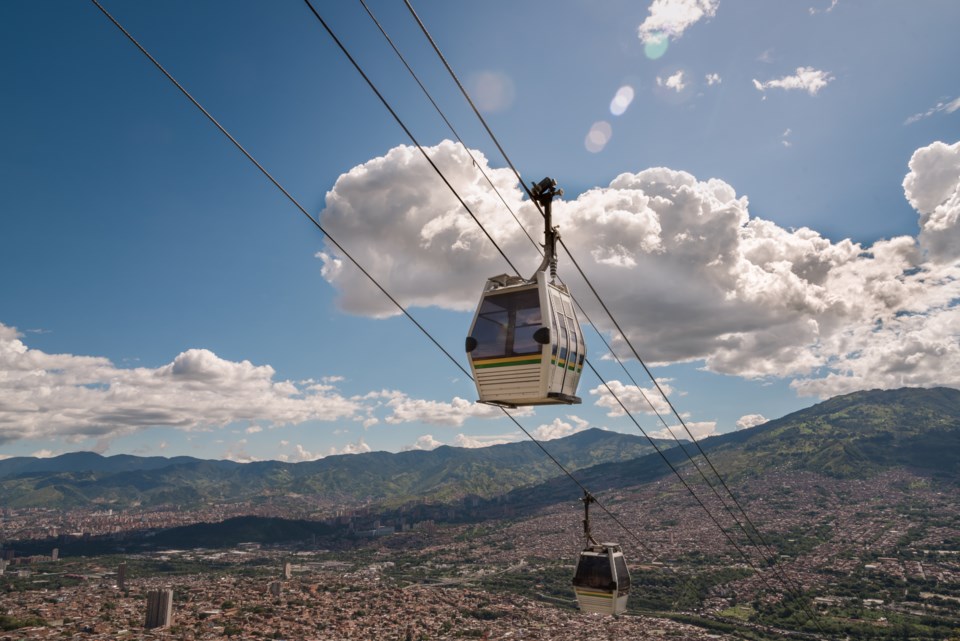In this year’s municipal budget, there was a minor amendment added at the 11th hour that passed without fanfare: $25,000 for a study looking at the feasibility of a valley gondola in Whistler.
At first glance, it was a curious addition to the Resort Municipality of Whistler’s (RMOW) $38.6-million project budget for 2025, seemingly coming out of nowhere. But, according to Mayor Jack Crompton, who introduced the amendment, it’s a concept that has been discussed locally for years, namely by former councillor and ski-industry executive, Roger McCarthy, who died this month.
“A gondola in the valley has been mused about for a long time and it’s an exciting idea for all kinds of reasons,” said Crompton. “That said, there are significant obstacles to it being realized, including costs, right-of-ways, population densities and terminuses, among other things. Part of the goal of this study is to understand whether those obstacles are insurmountable and whether a gondola is an idea of continued focus and discussion.”
The RMOW is carrying out the feasibility study with a view towards improving transportation options in the community. While that may seem far-fetched, communities across the globe have introduced gondolas as a viable transit option.
“Gondolas are increasingly part of the transportation mix in communities around the world,” said Crompton. “Whistler understands and trusts gondolas and people have spoken about it for a while for those reasons.”
Cities from La Paz, Bolivia to Ankara, Turkey have adopted aerial transit systems for more than just tourism. In 2022, the City of Paris greenlit a $214-million electric gondola that, when completed, will connect the suburb of Créteil with the city’s metro system, ferrying up to 11,000 passengers a day. One of the most famous examples of an urban gondola’s transformative effect is in Medellin, Colombia, where residents in hilly, outlying comunas were effectively choked off from the city’s urban core until its opening in 2004. Metrocable, as the system is known, has been credited with improving the economic conditions of residents in some of Medellin’s poorest neighbourhoods, and even reducing citywide violent crime rates.
Closer to home, the Burnaby Mountain Gondola has been proposed to connect Burnaby Mountain and nearby Simon Fraser University to TransLink’s SkyTrain network. Transporting as many as 3,000 people an hour, proponents say the project will significantly cut down on travel time and reduce vehicle emissions. Currently, there are roughly 25,000 transit trips to and from Burnaby Mountain every weekday.
Given Whistler is not on track to meet its climate action targets, and the fact passenger vehicles continue to make up the bulk of the community’s emissions, Crompton said it makes sense to explore the gondola option.
“This is part of a focus on various transportation alternatives. It’s our goal to ensure we are open to any alternative,” he said. “We need solutions. Transportation has fundamental impacts on our climate action. So whatever transportation solutions we come up with need to be important steps towards lowering our footprint.”
Along with reducing emissions, another appeal of urban gondolas is their ability to traverse difficult terrain. So, would a valley gondola in Whistler reach into the alpine? Would it need to involve Whistler Blackcomb? Crompton said it’s still too early to answer those, and other questions the project poses.
“The list of questions is endless,” he said. “Part of this is understanding whether answering those questions is worth our time."
The RMOW is targeting the second half of 2025 to begin the study.






